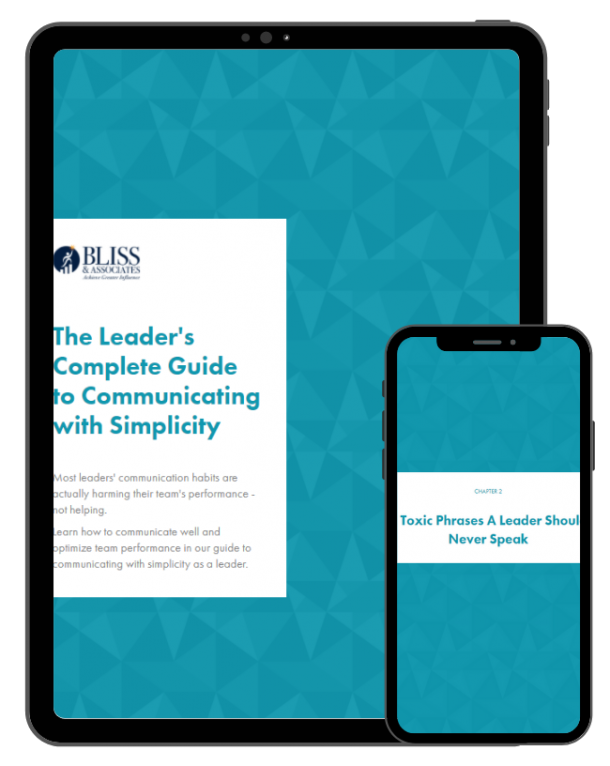This brings the nagging question to light: How do we differentiate our organization?
I’ve spent quite a bit of time studying Patrick Lencioni’s book The Advantage. Throughout the book, Lencioni explores what he calls “The Last Competitive Advantage.” It is a simple, commonly overlooked factor that makes all the difference. The Last Competitive Advantage is Organizational Health. One of the reasons it is commonly overlooked, he says, is that it is too simple to have merit!
Over the next series of posts, I will build from the ground up on this topic by starting with an explanation of Organizational Health. Organizational Health is defined by the efficiency and cohesiveness of a leadership team and is benchmarked by excellent communication and clarity within the organization as a whole. Lencioni highlights four specific disciplines of Organizational Health in his book. Together, these disciplines form the Organizational Health Model (shown below).
Discipline 1: Build a Cohesive Leadership Team
Discipline 2: Create Clarity
Discipline 3: Over-Communicate Clarity
Discipline 4: Reinforce Clarity
Following Lencioni’s Model for Organizational Health will result in increased efficiency, a stronger workforce, and even faster and more productive solutions to problems. Organizations that place Organizational Health at the forefront of their core values will find the organization itself at the forefront of the market.
Why is this? Because employees in healthy organizations, beginning with the leaders, are open to learn from one another, they identify and openly discuss critical issues, and recover quickly from setbacks and mistakes. Politics and confusion are limited, so the leaders can move quickly through issues and identify workable solutions much faster that other organizations that are full of dysfunction, bureaucracy and political survival.
One of the reasons that I am fascinated with this concept and model is that I have been working with clients for several years on this very topic, yet haven’t had a name for this service. Large and small, public and private, for profit and not-for-profit organizations can and have all benefited from this model when it is put into place and given the leadership priority and commitment necessary for success.
Over the next few weeks I will be posting about the four disciplines involved in developing and sustaining organizational health in greater detail. Until then, begin to assess the organizational health of your organization. Have you placed a “commonplace discipline” like marketing or strategy ahead of organizational health or are you geared toward the Last Competitive Advantage?

